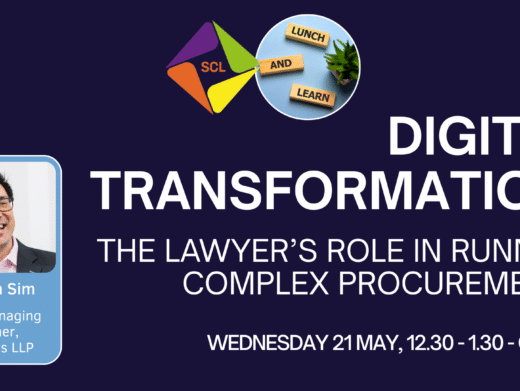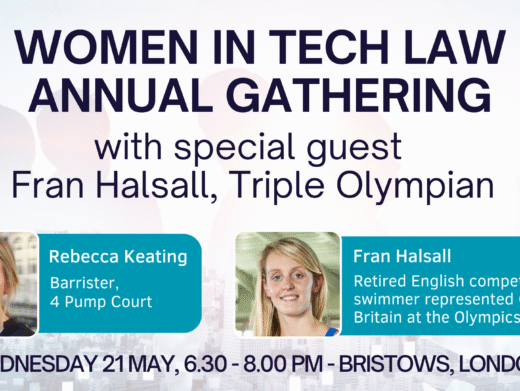The response includes a number of interesting and challenging suggestions and a selection, edited for the magazine, is set out below. To read the full response, click here.
On the scope of the APIG Inquiry
As APIG will be aware, there are two distinct components in the technologies described by the umbrella term “DRM”. The first is standards (eg MPEG 21) whose purpose is to enable the movement of digital content from one technical platform to another in machine readable form by providing, amongst other things, a standardised grammar and vocabulary to identify and describe intellectual property and the rights pertaining to it. This first component of DRM is sometimes termed the “Management of Digital Rights” or “MDR”. The important point to make here is that MDR is often deployed without the second component in DRM – technical protection measures (TPMs). These are the technical enabling of usage permissions or enforcement of usage restrictions. Examples of the deployment of MDR without any TPMs can be found in the publishing industry and in ‘Creative Commons’ licences which provide the user with the necessary code which describes the rights attached to licensed content.
However, the inquiry seems to be concerned exclusively with TPMs, ie the Digital Management of Rights. Whilst this is a very important aspect of DRM, we believe that it is important not to lose sight of the enabling aspect of MDR which is necessary in order for digital content to be made more widely available. Indeed, the term ‘DRM’ as used in the inquiry is synonymous with TPMs. MDR forms a key part of the infrastructure for trading digital rights. The enabling and protective features of MDR and TPMs together form the two pillars which enable rights owners to distribute content over a wide range of platforms
Does DRM distort traditional tradeoffs in copyright law?
This question in our view refers to the trade off in copyright law between the protections given to the copyright owner and the number of exceptions to those protections (such as fair use) given to users of copyright material. As such it is only concerned with the TPM aspects of DRM. The question suggests that this traditional trade off is distorted by DRM as DRM limits the rights of users to make use of those exceptions and may also limit any permissions granted by the copyright owner by technological means.
We believe that DRM has contributed to a step change in the trade off between the rights of copyright owners and the necessary exceptions granted to users. We do not believe, however, that this amounts to a “distortion”. DRM has enabled content owners to make use of more sophisticated means of content distribution. In turn, this is a response to new digital technologies which have made it easier to make and distribute unauthorised copies. As new technologies become available, content providers are making use of new techniques to protect their content.
Therefore we see the process more as the latest instalment in the balancing and rebalancing of the respective rights of copyright owners and users.
In particular, in the UK, due to the absence of a “private copying” exception, we do not believe the step change is as acute as in certain other EU member states, particularly those which have a private copying exemption together with compensation for rights owners in the form of levies. In those member states, the deployment by rights owners of TPMs will have a direct impact on their continuing receipt of levies. This results directly from Article 5.2 (b) of the EU Copyright Directive. Also, the interaction between TPMs and levies will need to be monitored carefully to avoid a “double whammy” on consumers, ie indirect payment of levies for the enjoyment of the private copying exemption whilst being subject to limitations on their ability to make use of the private copying exemption by the application of TPMs.
Whilst any limitations on copying imposed by TPMs could have a disproportionate and adverse effect on the exercise of the private copying exemption (where it exists), the legal framework is also in place to redress that effect in Article 6.4 of the same Directive. This is implemented in UK copyright law through ss 296ZA to 296ZD and 296ZG of the Copyright, Designs and Patents Act 1988, as amended. We have yet to see how these provisions work in practice and their effectiveness should be subject to scrutiny.
Overall, we consider that DRM makes possible a much more precise and targeted method of reward to rights owners than the more ‘rough and ready’ approach of levies. However, the choice between TPMs and levies will, in the final analysis, be market driven, led by consumer choice.
Finally, in our view, the question of distortion is, in effect, a moral question. We do not believe this is the right question to ask, and would prefer that issues relating to DRM were considered more from a practical and commercial standpoint (ie are there commercial solutions, such as differential pricing structures, which will act to redress the balance?).
How should consumers be protected when DRM systems are discontinued?
We do not believe that the discontinuance of DRM systems should be made a special case. As with software and other forms of technology (CDs, DVDs etc) consumers expect technology to progress and cannot expect specific formats to continue indefinitely. Consumers will resist too frequent changes to formats and industry is fully aware of this consumer pressure. Hence hardware manufacturers often ensure that their new devices are backwards-compatible to maximise their consumer base. We believe the same will be true of DRM systems.
What legal protection should DRM systems have from those who wish to circumvent them?
This question appears to be based on a critical standpoint, ie that the current legal protection for DRM systems is too heavily weighed in favour of the copyright owner.
The current protection given to copyright owners (embodied in s 296Z of the Copyright, Designs and Patents Act 1988) is the result of years of consultation and debate and arises from the TRIPS agreement, the WIPO Copyright Treaties and is embodied into European law. DRM systems therefore have this legal protection and we do not believe there is any merit in reopening the debate. If it is considered that this protection is too great, we should look more at commercial considerations to provide some balance.
Do DRM systems have unintended consequences on computer functionality?
DRM systems (ie TPMs) are software programs and as such they will always have an effect on computer functionality (as with any computer program). We do not believe that these consequences are generally unintended. Technical protection measures are, in our view, intended to be as restrictive and wide-ranging as possible in order to provide the content owner with comfort that the content being distributed is given the highest level of protection against unauthorised copying and distribution. As with all software, however, it is always possible for a DRM system to have an effect on computer functionality that was not originally envisaged.
We believe that the important issue here is that consumers are given clear and specific information at the time of purchase concerning the DRM system in use.
We recommend consideration of a prominent labelling scheme which fully informs consumers of the nature of the relevant TPM. Any such scheme must set TPMs in context as software applications.
What is the role of the UK parliament in influencing the global agenda for this type of technical issue?
We believe that the UK government should largely take a non-interventionist approach. As stated above, on the whole, we believe that the market will be the main influence in determining the success and future of DRM.
The UK government could however take the lead in inter-operability issues by, for example, encouraging common standards. One further recommended measure would be the introduction of a prominent labelling scheme for products protected by DRM.
The detailed submission was agreed following a hastily convened meeting hosted by Lewis Silkin and a substantial amount of work by members of the Internet Interest Group, especially Laurence Kaye and Gillian Cordall.




